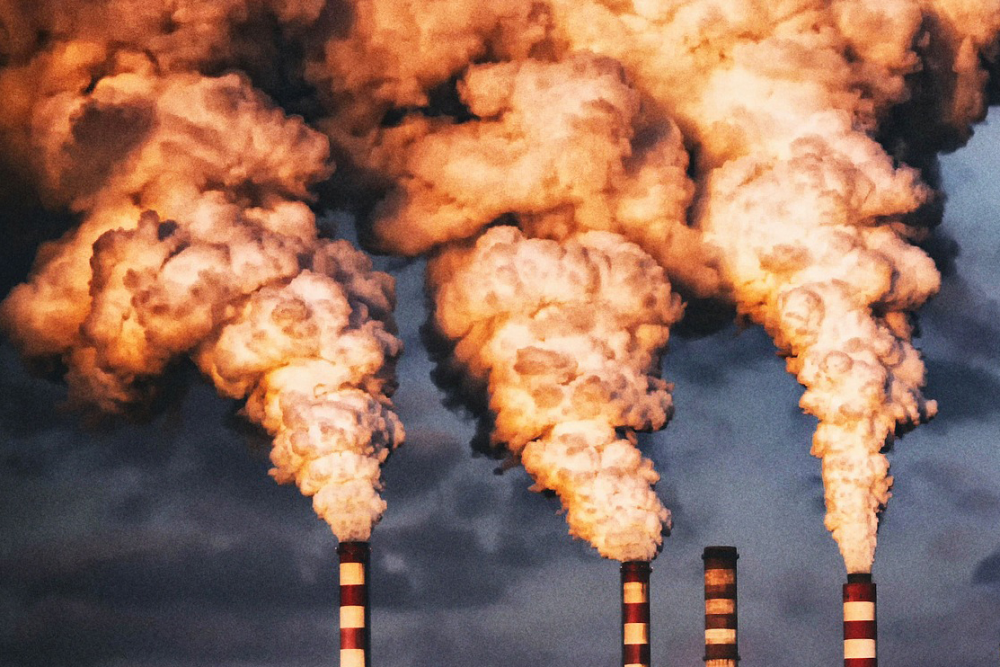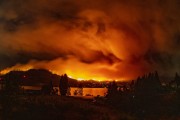Alberta likes to say it's had a carbon price since 2007. While technically this is true under the old Specified Gas Emitters Regulation (SGER), that system pales in comparison to the carbon pricing system currently in place. Compared to today’s version, the SGER was unfair, more limited and ultimately less effective. SGER was replaced by the Carbon Competitiveness Incentive Regulation (CCIR) in 2017 as part of the province’s Climate Leadership Plan (CLP), which also included the introduction of a carbon levy. The new program is a significant improvement and it’s important to understand how.
SGER was unfair
Under SGER, CO2 emission limits were set for each company based on its historical performance. Firms that had always had high emissions were given high limits, while firms that had already taken steps — and spent money — to reduce their emissions were given lower limits. Any company could reduce their emissions to lower their personalized limits, or pay the carbon price when they exceeded their limit. Therefore, SGER effectively punished progressive companies and rewarded those that hadn’t taken action.
Under CCIR, all firms are treated equally. Each company’s emissions limit is based on what it produces (e.g. per barrel of oil, per MWhr of electricity generation) and how much. Some firms have already reached the benchmark of emissions per production, while others that have not must take further action or pay the carbon price. All firms have the same financial incentive to continue to reduce emissions below the benchmarks.

CCIR treats all firms equally, including those that chose to take steps (and spend money) to reduce emissions already.
SGER was limited
SGER only covered “large final emitters” — industrial firms that produced more than 100 kt of CO2 equivalent emissions per year. While these sources are important to cover, SGER missed over half (55 per cent) of emissions in the province. Alberta (and Canada) cannot reach its climate goals by focusing only on large emitters.
Alberta’s Climate Leadership Plan covers these large emitters under CCIR, but reaches the rest of the province’s emissions through the carbon levy, which applies to gasoline, diesel, natural gas and propane combustion. Under the CLP, an estimated 70 per cent of CO2e emissions are covered.

SGER addressed less than half of the emissions in Alberta. CCIR increases coverage so that we can tackle the full issue.
SGER was inefficient
The most effective and efficient way to reduce emissions is through an economy-wide price on carbon, because it lets markets naturally seek the lowest-cost emission opportunities. This works best with broad coverage and when the price is the same for all emissions — encouraging adoption of lowest-emitting processes in all areas — which was not the case under SGER.
This can be seen in the electricity sector, where individual facility-level emission limits under SGER did not motivate the shift from highly emitting coal to lower emitting gas or renewables.
With a set price on carbon across the board, the CCIR and carbon levy send a clear market signal encouraging emitters to adopt or develop technology that can most efficiently reduce emissions.

CCIR encourages the lowest-cost and most efficient emissions reductions.
While the SGER and the carbon pricing system under the CLP are both a price on carbon, the two policies differ in terms of fairness, coverage, and ultimately effectiveness and efficiency. While CCIR is an improvement over SGER, there can be further improvements to the policy, as we outline in “Understanding the pros and cons of Alberta’s new industrial carbon pricing rules.” The system under the CLP is a fairer approach that no longer penalizes leaders or rewards laggards, and is more effective because of this more equal treatment and the broader coverage.








